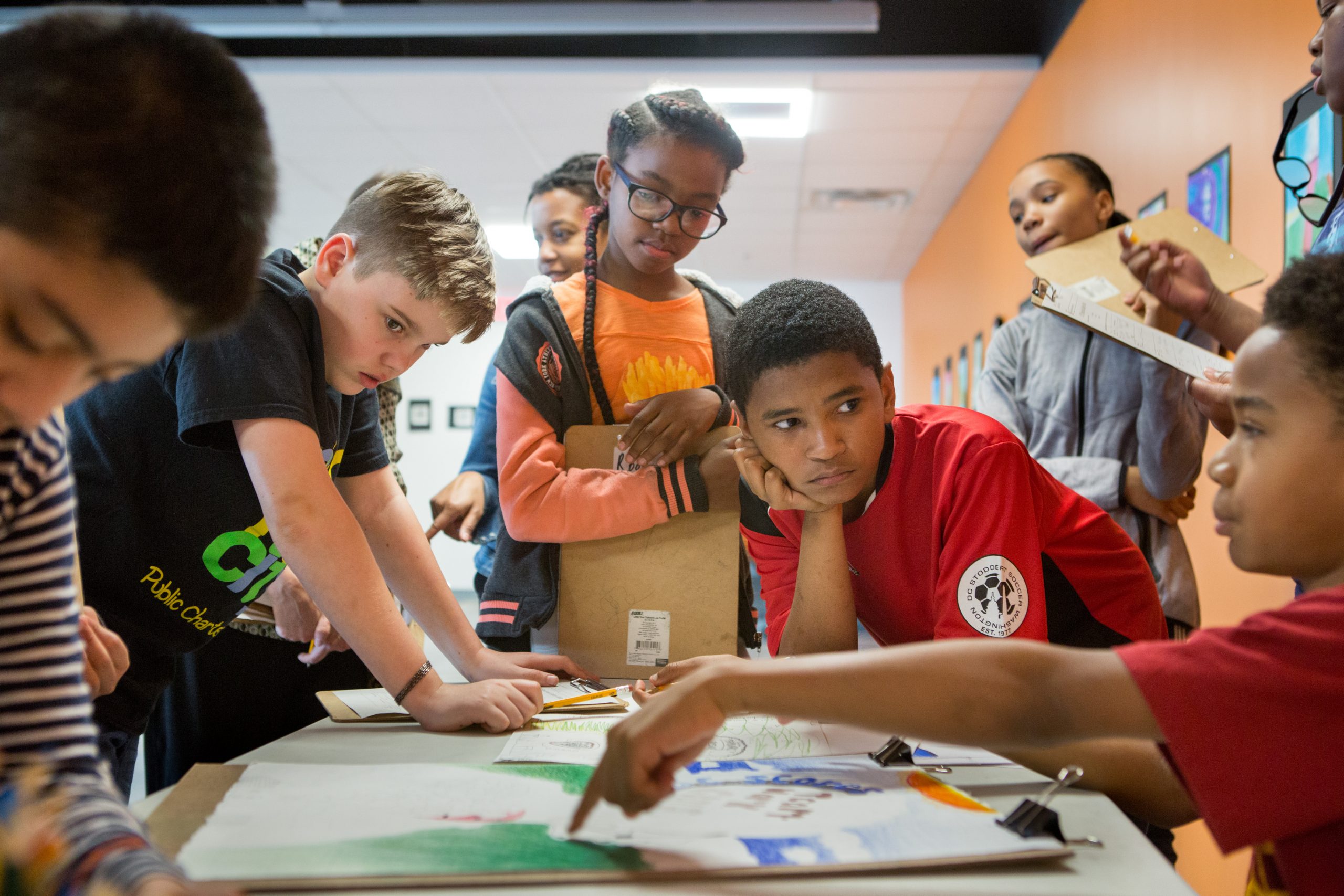Is Your Curriculum Culturally Affirming and Sustaining? Key Questions to Ask

As parents and school boards across the country debate — whether it be about masking and vaccinations, police officers in schools, or teaching about racism in our past and present — the voice of an important group has been consistently missing: students.
Student voice is critical. Students have the greatest stake in their education, but often too little say in their own school experience.
Inviting students in as their whole, authentic selves — engaging their identities, agency, cultures, communities, skills, and their experiences, especially during the pandemic, as valued assets — is one way to ensure their voices are heard. Student voice is important at all levels — in our classrooms, schools, districts, and across the country.
This goes beyond just celebrating surface-level diversity to practices that actually affirm students’ multifaceted identities and sustain cultural knowledge and ways of being. This work is critical as we seek to reimagine a system of education that has systematically oppressed, silenced, and erased groups based on race, ethnicity, gender identity, disability, language, etc.
These kinds of practices serve all students and school communities, including those who hold privilege and power, as they can set students up to engage as curious, critical thinkers on topics of identity, culture, and equity in the world around them — including the most important issues facing our education system today.
Culturally affirming and sustaining practices that set students up to share their whole, authentic selves happen at all levels and throughout a school — from designing curriculum, to setting up empowering dynamics within classrooms, to capacity-building for leaders and staff, and more.
Start with Curriculum to Invite Student Voices In
One way to start thinking about how well you are setting students up to bring their unique identities and perspectives is to take a closer look at your instructional materials.
Turnaround for Children’s Cultural Curriculum Audit is an exercise in thinking more deeply about the ways in which curriculum design, materials, and assessments are culturally affirming and sustaining for students.
This exercise can be completed individually, but is even more powerful with a team of collaborators — a department, instructional team, grade team, etc.
Through this process, you will review “look-fors” and “red flags” around four key questions related to including students’ cultural knowledge and ways of being, representation, developing students’ critical skills, and co-creation of meaningful learning experiences.
Below, we’ve included the four questions from this tool and some concrete ways an approach to instruction can be culturally affirming and sustaining. Check out the complete tool for more examples!
How well do the curriculum design, materials, and assessments create opportunities for students to capitalize on and demonstrate their own cultural knowledge and ways of being?
Look for…
- Students are often and explicitly asked to connect to their own prior knowledge and experience about this topic, and share it with others.
- Students are invited to bring in, connect to, or create art, music, dance, fashion or other forms of self-expression from their cultural experiences.
How well do the curriculum design, materials, and assessments represent both students’ own and others’ identities, cultures and experiences?
Look for…
- There are individuals in the content (characters, historical figures, etc.) who reflect the specific identities of your students.
- Positive contributions of many different cultures and communities are celebrated.
How well do the curriculum design, materials, and assessments set students up to think critically about the world?
Look for…
- The content uses real-world data, examples, scenarios, texts, etc. to connect to local, national and global issues.
- Students are asked to propose solutions to real world issues as part of this content.
How well do the curriculum design, materials, and assessments invite students to co-create meaningful learning experiences?
Look for…
- During and following the learning experience, students are invited to provide feedback on what and how they learned.
- Students are given the tools (e.g., grading criteria, rubrics, practice tests, models of high-quality student work) and the time to evaluate their own learning, progress and growth areas.
The Cultural Curriculum Audit is a great way to reflect upon and challenge your own thinking about how to make sure your content is more inclusive and amplifies student voice.
Photo by Allison Shelley/The Verbatim Agency for EDUimages

Share This Story